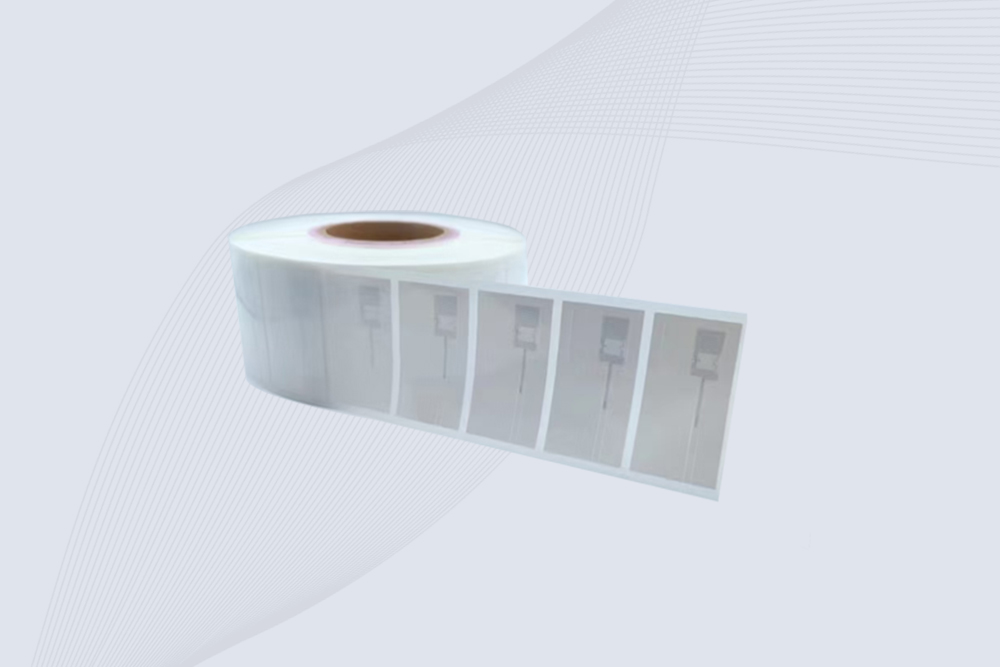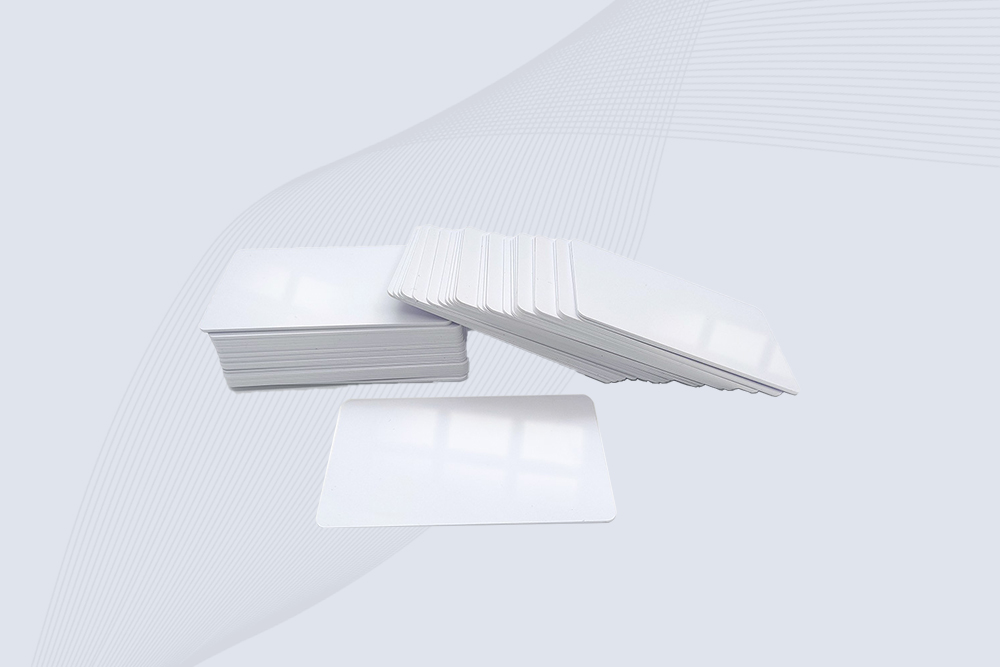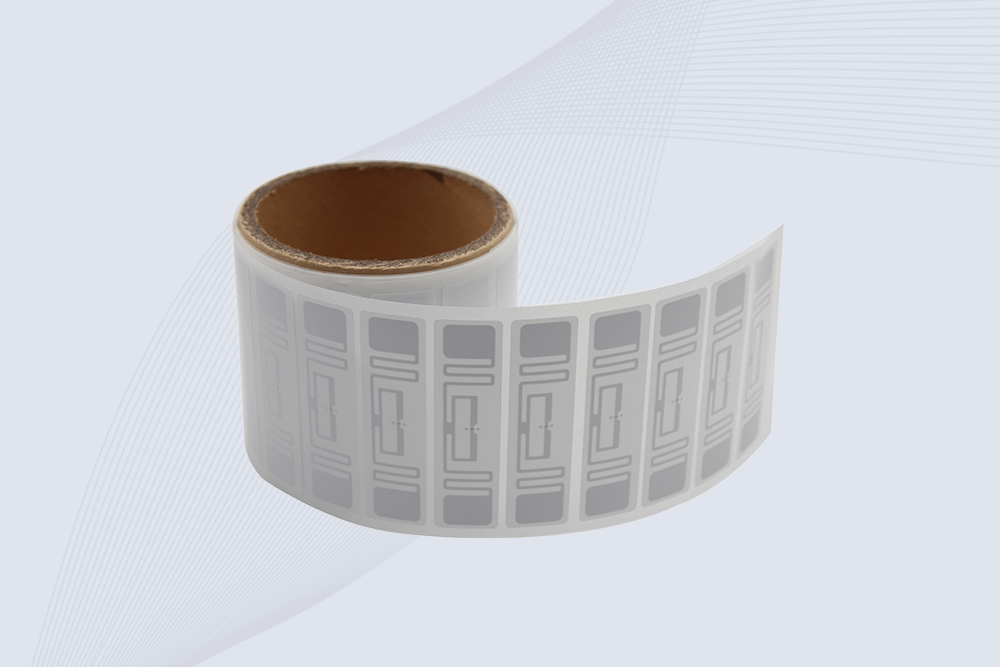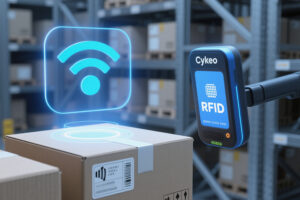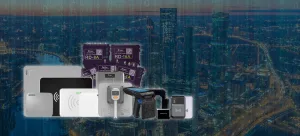If you’ve ever worked in a warehouse, managed a hospital’s equipment, or handled construction tools, you probably know how easy it is for assets to “disappear.” Sometimes it’s human error, sometimes it’s just chaos. That’s where the RFID tag tracking system quietly steps in — not as a buzzword, but as a practical solution that keeps things visible, traceable, and accountable.
What Is an RFID Tag Tracking System?
At its core, an RFID tag tracking system is a combination of small electronic tags, antennas, and readers that work together to identify and track items automatically through radio waves. Each RFID tag carries a unique ID, like a digital fingerprint. When the tag comes within range of a reader, it sends back information that gets captured into a management system — no scanning, no line of sight needed.
In simple terms: you tag it once, and the system keeps an eye on it for you.
How It Actually Works
The workflow is pretty straightforward:
- Tagging the asset: Each item gets an RFID tag attached — on a box, a pallet, a laptop, or even a hospital bed.
- Signal capture: Antennas send out radio waves that “wake up” nearby tags.
- Reading and decoding: RFID readers collect those signals and convert them into usable data.
- Data integration: The tracking software organizes that data to show location, movement history, or asset status in real time.
It’s the same principle behind airport luggage tracking or warehouse automation — only tailored to whatever industry needs visibility the most.
The Types of RFID Tags
Not all tags are created equal, and choosing the right one depends on what you’re tracking and where.
- Passive tags have no internal battery. They rely entirely on the reader’s signal to respond. These are low-cost and work well for inventory and fixed asset tracking.
- Active tags have built-in power and can broadcast their signal over long distances, making them perfect for real-time tracking of vehicles, containers, or large equipment.
- Semi-passive tags sit in between — powered internally but only transmit when activated. They’re often used for specialized monitoring, like temperature or vibration.
Think of it this way: passive tags “listen,” active tags “speak,” and semi-passive tags “whisper when needed.”
The Role of Frequency in RFID Tracking
The radio frequency used in an RFID tag tracking system determines how it behaves in real-world environments.
- Low Frequency (LF) systems (around 125–134 kHz) are tough and reliable even around metal or liquids, though they have shorter read ranges.
- High Frequency (HF) systems (13.56 MHz) balance range and accuracy, often used in ticketing, libraries, or access control.
- Ultra High Frequency (UHF) systems (860–960 MHz) cover long distances and can read multiple tags at once — ideal for logistics, warehousing, and manufacturing.
In short, LF works best when reliability matters, HF when accuracy counts, and UHF when scale is everything.
What Makes It Better Than Barcodes
You might wonder: if barcodes already work, why switch?
Here’s the difference — RFID doesn’t need a line of sight. You can read dozens or even hundreds of items at once, through boxes or containers. The tags store more data, last longer, and don’t wear out from friction or sunlight.
Imagine scanning 500 tools in under 10 seconds without lifting a single one. That’s the kind of automation RFID makes possible.
Challenges and Realities
Of course, it’s not all magic. RFID systems have their own challenges:
- Metal and liquid interference can weaken signals.
- Initial setup costs — readers, antennas, and integration — can be higher than barcode systems.
- Environment tuning — adjusting antenna power, placement, and angles — often takes real testing, not just theory.
But once deployed properly, the payoff is significant: fewer losses, faster audits, and a clear map of where everything is.
Where It’s Changing the Game
Across industries, RFID tag tracking systems are quietly reshaping operations:
- In warehouses, they keep track of pallets, parts, and returnable containers.
- In hospitals, they ensure medical tools and devices are available and sterilized.
- In construction, they monitor tools and prevent on-site equipment loss.
- In manufacturing, they trace materials from production to shipment, minimizing delays.
Each case proves one simple truth: visibility equals control.
Why It Matters Now
In an era where data drives every decision, RFID brings physical assets into the digital world. It closes the gap between what’s on your books and what’s actually on the floor. And unlike manual systems, it doesn’t rely on someone remembering to scan or write things down.
That’s what makes RFID more than just a tracking tool — it’s a foundation for smarter, more accountable operations.
Final Thoughts
An RFID tag tracking system isn’t about fancy tech — it’s about clarity. It’s about knowing what you own, where it is, and how it’s being used. Whether you’re managing 50 laptops or 50,000 containers, the idea is the same: the less time you spend looking for things, the more time you have to actually use them.
In the end, RFID doesn’t just track assets — it gives businesses their visibility back.

2025-07-28
Cykeo CK-BQ6826 Jewelry uhf rfid tag features NXP UCODE 9, 8m read range on metal, and anti-counterfeit security for luxury assets.

2025-07-28
Cykeo CK-BQ8554HF HF rfid cards feature FM1108 chip, 100K write cycles, and customizable printing for access control systems.

2025-07-28
Cykeo CK-BQ8554UHF uhf rfid card features U9 chip, 100K write cycles, and CR80 size for access control/inventory management.

2025-04-21
Cykeo CK-BQ7320 UHF RFID asset tag features aluminum-etched antenna, 10-year data retention, and -40°C to +85°C operation for industrial tracking. ISO/IEC 18000-6C compliant with 128-bit EPC memory.
 Cykeo RFID IoT Solution Products R&D Manufacturer
Cykeo RFID IoT Solution Products R&D Manufacturer
